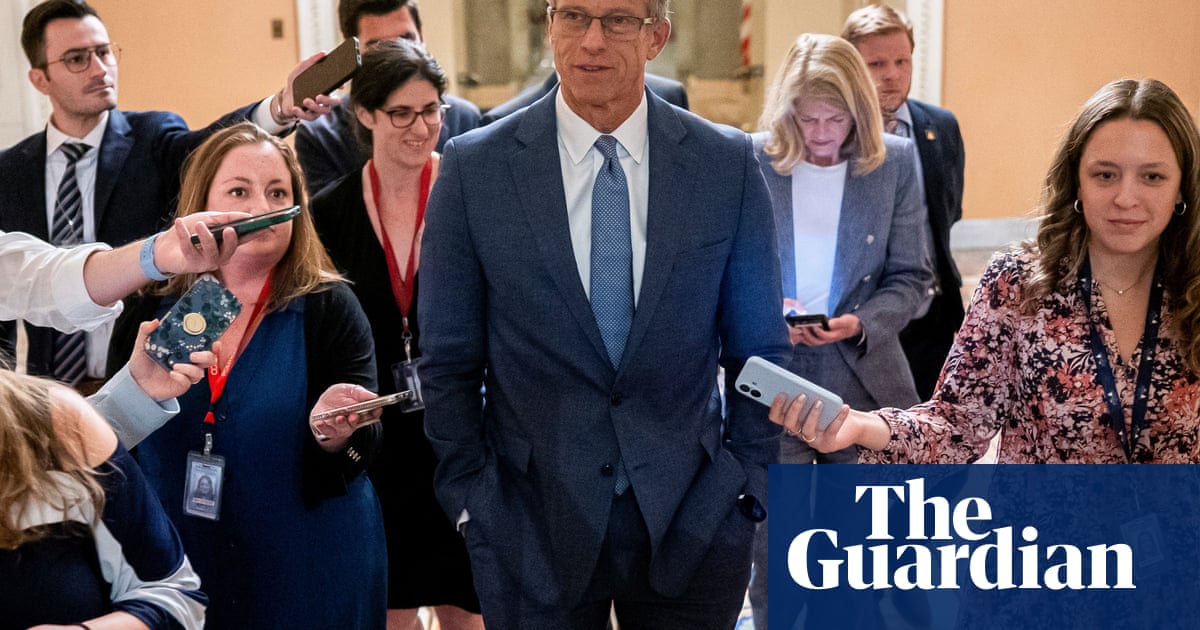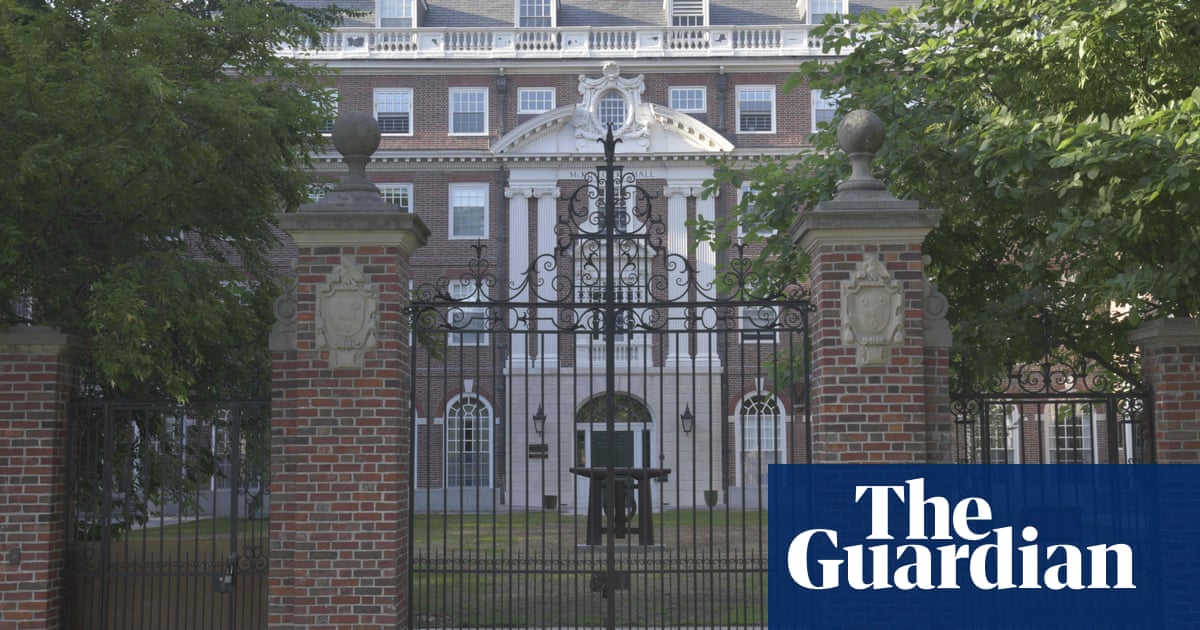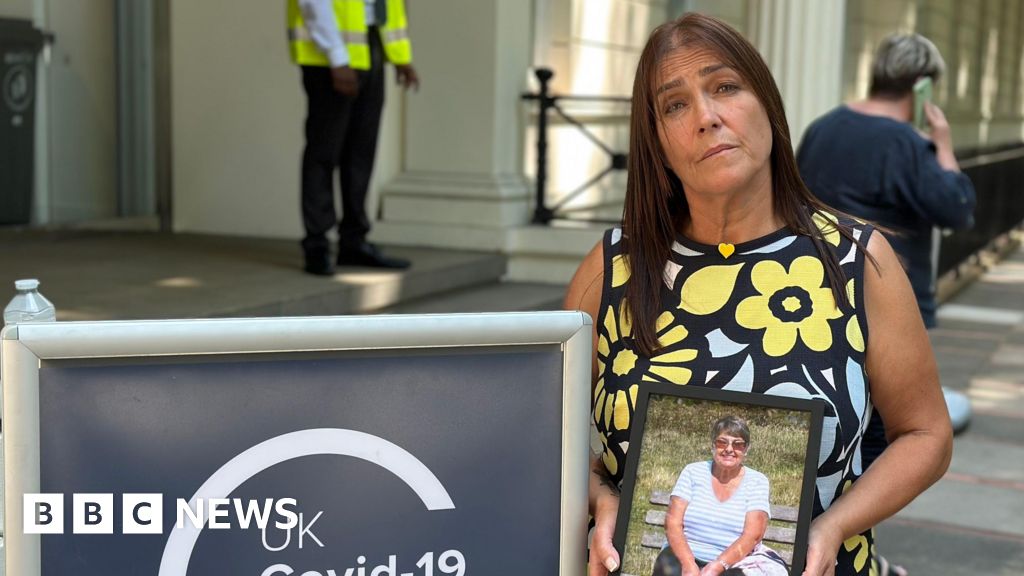By John Kruzel
WASHINGTON (Reuters) -The U.S. Supreme Court delivered setbacks to environmental interests in a series of recent rulings including by further restricting the Environmental Protection Agency's authority and relaxing requirements for environmental impact studies for proposed projects.
While cases involving President Donald Trump's policies on immigration and other issues captured attention during its just-completed nine-month term, the court also continued its years-long trend of narrowing federal protections for the environment in several rulings that could be a boon for businesses.
Wendy Park, a lawyer with the Center for Biological Diversity environmentalist group, said those rulings "dealt huge blows to the environment and public health and safety."
"We'll all suffer from unhealthier air, less safe water and more climate warming," Park added.
Park's organization was on the losing side of perhaps the term's biggest environmental decision, one that involved a proposed Utah railway intended to transport crude oil. The 8-0 ruling, authored by conservative Justice Brett Kavanaugh, let federal agencies scale back their environmental reviews of projects they regulate, bolstering the project.
The ruling narrowed the scope of environmental obligations for federal agencies under a 1970 federal law called the National Environmental Policy Act, or NEPA, passed by Congress with the intention of preventing environmental harms that might result from major projects.
"Depending on how lower courts interpret it, the NEPA case may pose the greatest threat of a major change in the law," University of California, Berkeley, law professor Daniel Farber said, referring to the court's recent environmental rulings.
"The other decisions continue a process of chipping away at federal protection of the environment," Farber added. "The big concern is that these add to a strong trend against environmental protection in the Supreme Court."
A coalition of seven Utah counties and an infrastructure investment group have sought to construct an 88-mile (142-km) railway line in northeastern Utah to connect the sparsely populated Uinta Basin region to an existing freight rail network.
The National Environmental Policy Act mandates that agencies examine the "reasonably foreseeable" effects of a project.
Kavanaugh wrote that agencies need only consider environmental effects of a project at hand and not the "effects from potential future projects or from geographically separate projects." Lower courts must offer agencies "substantial deference" regarding the scope of these assessments, Kavanaugh added.
"Agencies approving a pipeline or oil railroad now have more leeway when it comes to involving and informing communities about the harms," Park said, "but the court is giving way more scrutiny to agencies in charge of protecting us from those harms."
Kavanaugh was joined by four other conservative justices, while the three liberal justices filed a separate opinion concurring in the outcome. Justice Neil Gorsuch did not take part in the case.
University of Minnesota Law School professor James Coleman said the ruling could mark a turning point after lower courts for 50 years have used the National Environmental Policy Act "to raise higher and higher hurdles to new infrastructure." The ruling, Coleman added, signaled to lower courts that they must defer to agencies when these agencies exercise discretion given to them by Congress.
"The court demanded a 'course correction' from lower courts, highlighting how courts' failure to defer to environmental reviews conducted by agencies is holding up crucial infrastructure projects," Coleman said.
"It remains to be seen whether the lower courts will accept this course correction," Coleman added.
REINING IN THE EPA
The Supreme Court, which has a 6-3 conservative majority, has taken a skeptical view toward broad authority for federal regulatory agencies and has restricted the powers of the EPA in some important rulings in recent years.
In 2024, it blocked the EPA's "Good Neighbor" rule aimed at reducing ozone emissions that may worsen air pollution in neighboring states. In 2023, it hobbled the EPA's power to protect wetlands and fight water pollution. In 2022, it imposed limits on the EPA's authority under the Clean Air Act anti-pollution law to reduce coal- and gas-fired power plant carbon emissions.
The court hemmed in the agency again in March in a case involving an EPA-issued permit for a wastewater treatment facility owned by the city of San Francisco that empties into the Pacific Ocean. The city had sued to challenge certain restrictions the EPA included in the permit.
The 5-4 ruling, authored by conservative Justice Samuel Alito, found that the EPA had exceeded its authority under the Clean Water Act anti-pollution law by imposing overly vague requirements on permit-holders related to water quality standards in the receiving body of water. Conservative Justice Amy Coney Barrett and the three liberal justices dissented.
Howard University School of Law professor Carlton Waterhouse said the ruling stripped the EPA of an effective mechanism commonly used to restrict the discharge of pollutants into federally regulated waters at the level needed for such waters to meet their designated use.
"The court dealt a major setback to the EPA and all of us who need clean water," Waterhouse said. "For example, under the ruling, the EPA lost an important tool used to make sure that fishable and swimmable waters remain clean enough for those activities to continue."
Waterhouse, who was an EPA official during Democratic President Joe Biden's administration, said some parts of the United States could experience diminished water quality while a workaround is devised "to protect state water quality standards without a major tool they have used for decades."
In June, the justices in a 7-2 ruling authored by Kavanaugh sided with fuel producers that had opposed California's standards for vehicle emissions and electric cars under a federal air pollution law, agreeing that their legal challenge to the mandates should not have been dismissed.
The ruling overturned a lower court's decision to throw out the lawsuit by a Valero Energy subsidiary and fuel industry groups. The lower court had concluded that the plaintiffs lacked the required legal standing to challenge a Biden-era EPA decision to let California set its own regulations.
"Allowing these parties into the litigation is not surprising," Waterhouse said. "The court has a history of expanding standing for businesses."
(Reporting by John Kruzel; Editing by Will Dunham)

 German (DE)
German (DE)  English (US)
English (US)  Spanish (ES)
Spanish (ES)  French (FR)
French (FR)  Hindi (IN)
Hindi (IN)  Italian (IT)
Italian (IT)  Russian (RU)
Russian (RU) 























Comments